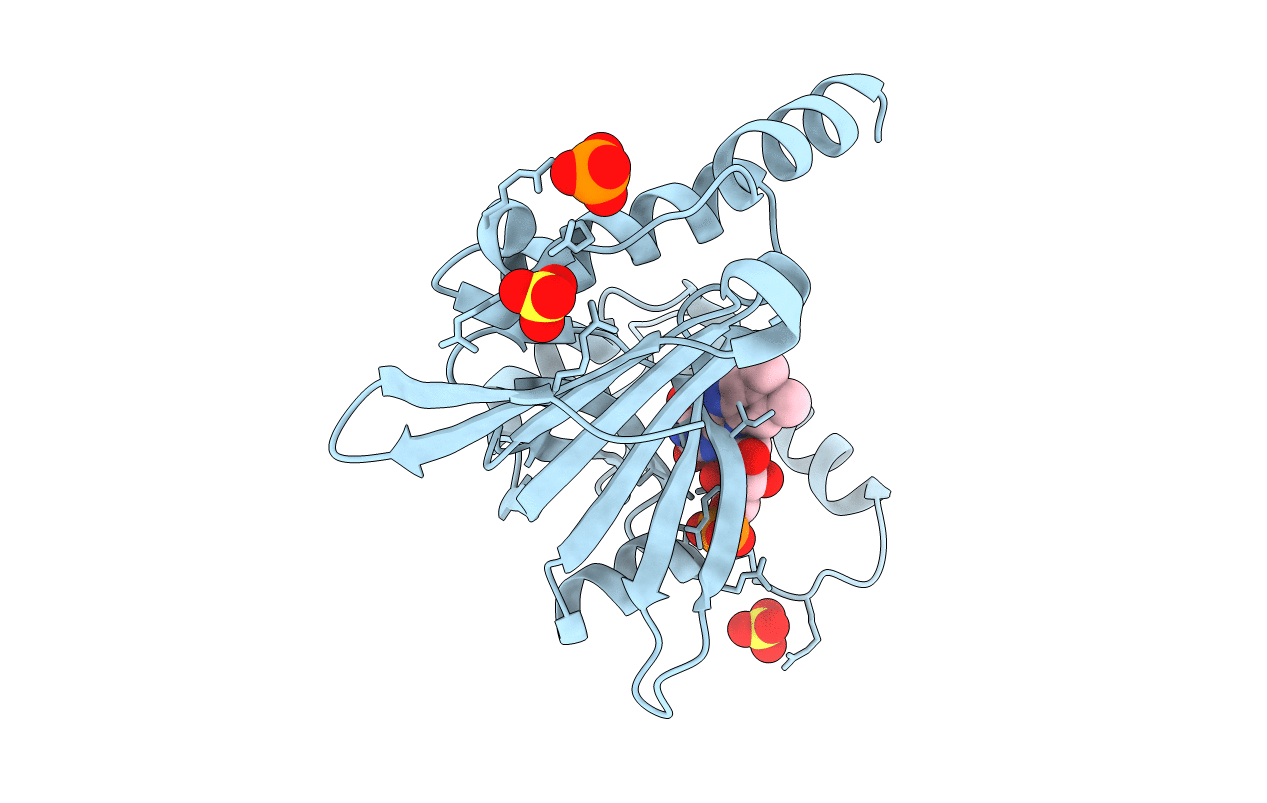
Deposition Date
2020-04-07
Release Date
2021-04-14
Last Version Date
2024-01-24
Entry Detail
PDB ID:
6YLZ
Keywords:
Title:
X-ray structure of the K72I,Y129F,R133L, H199A quadruple mutant of PNP-oxidase from E. coli
Biological Source:
Source Organism:
Escherichia coli (strain K12) (Taxon ID: 83333)
Host Organism:
Method Details:
Experimental Method:
Resolution:
1.56 Å
R-Value Free:
0.20
R-Value Work:
0.17
Space Group:
P 31 2 1


